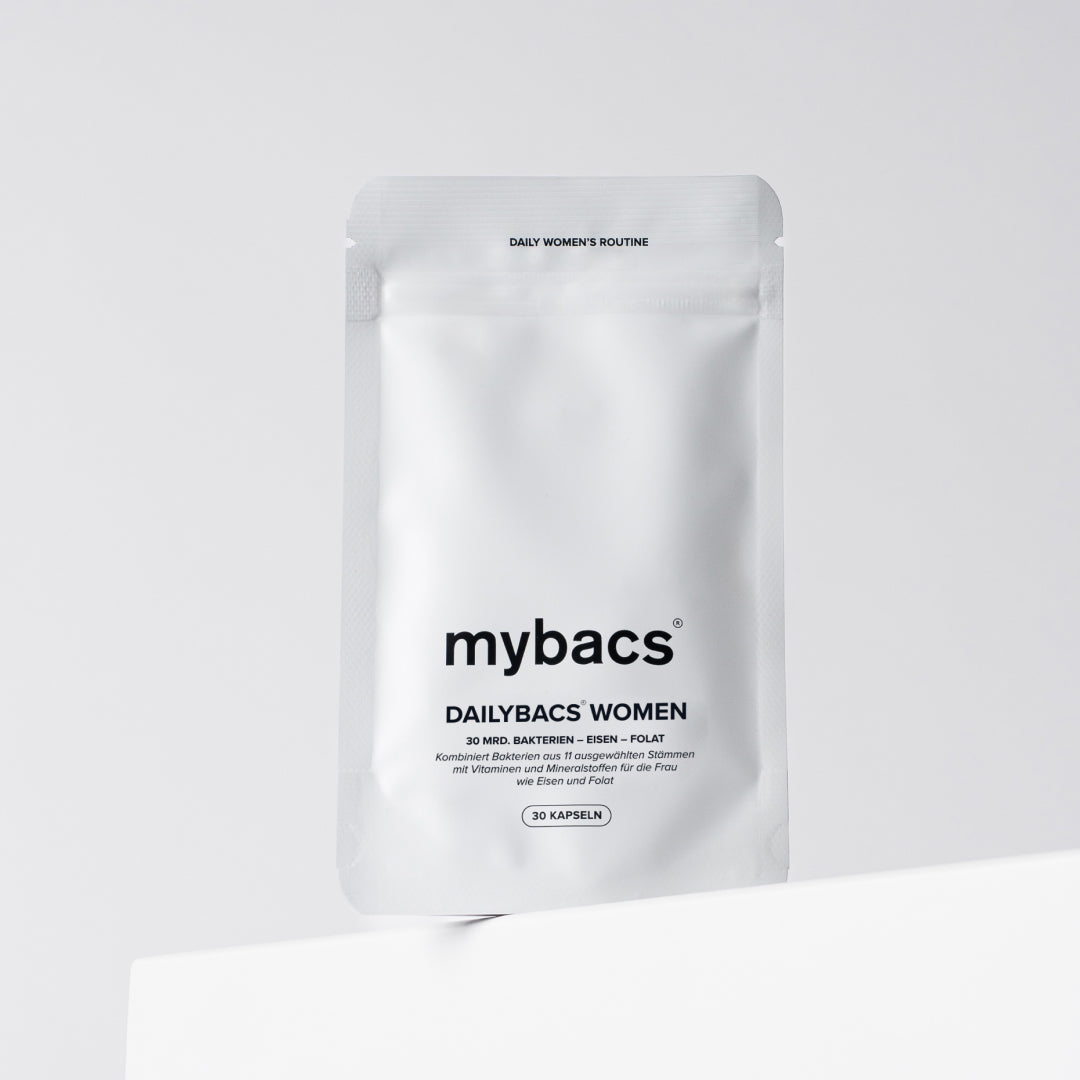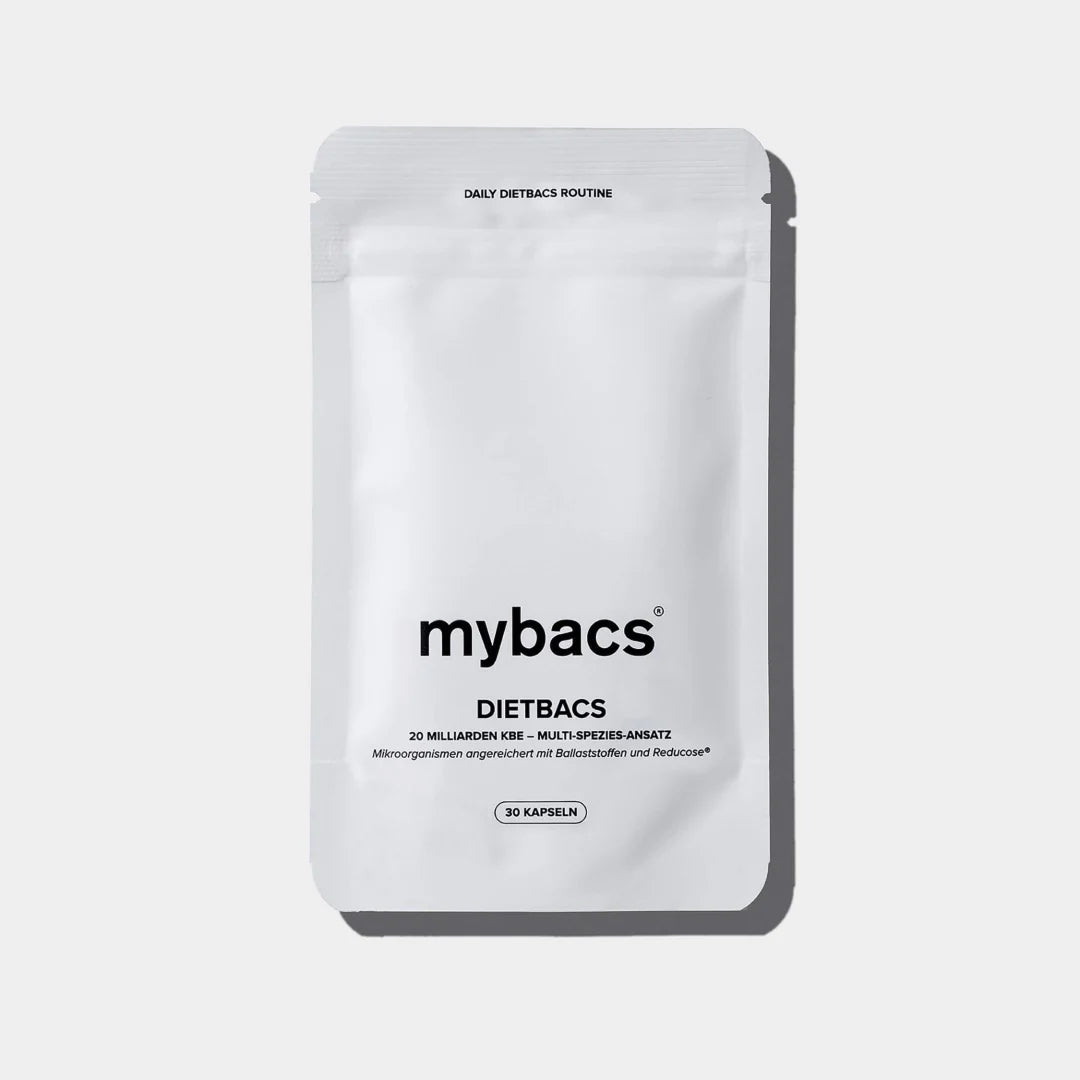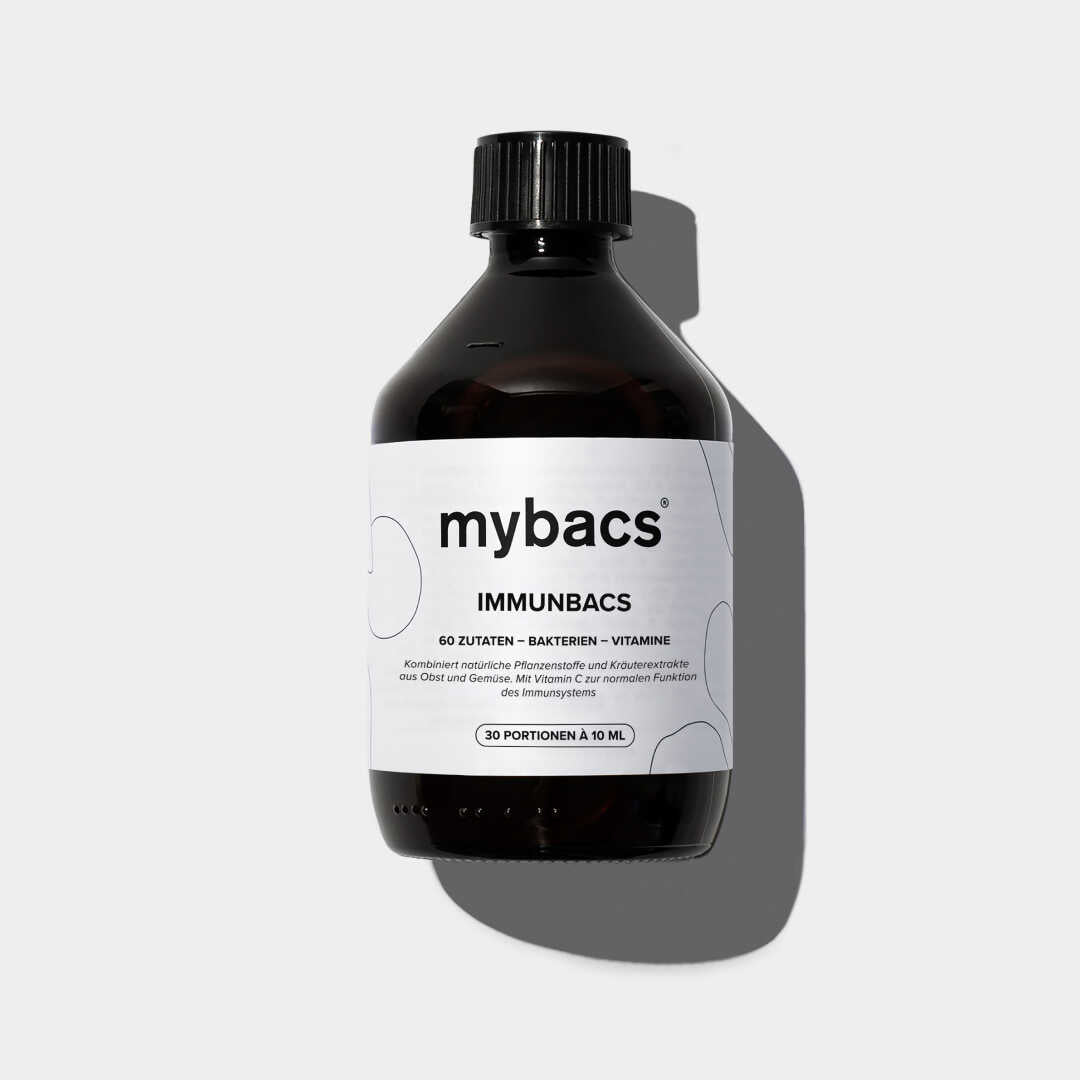The gut-brain axis: BRAIN TO GUT, GUT TO BRAIN
If you don't have anything in your head, you don't have anything in your intestines either. You're probably thinking, what do these two things have to do with each other? But this statement isn't completely unfounded.
Sayings like “This is sitting heavily on my stomach”, “I feel sick just thinking about it” or “I’m making this decision based on my gut feeling” are not without reason. There is a direct connection between our head and our gastrointestinal tract, the so-called gut-brain axis.
But what exactly is the gut-brain axis?
Gut-brain communication takes place via the gut-brain axis, which runs in both directions via nerve pathways, hormones or metabolic products of our gut bacteria. In particular, via the so-called vagus nerve, a kind of nerve highway that extends from the brain stem to the large intestine and sends signals back and forth between the central nervous system and the microorganisms in the gut. Amazingly, 90% of the communication comes from the gut and only 10% of the signals come from our brain.
The enteric nervous system (ENS), a network of over 100 million nerve cells that runs through the intestinal wall, also plays a key role in microbiome communication. In the ENS, the neurotransmitters synthesized by the microorganisms are perceived by chemosensors and can thus communicate with the vagus nerve and the brain and pass on information. Due to the high number of nerve cells and the intensive exchange between the intestine and the brain, the intestine is also called the "abdominal brain" or "second brain".
Another communication channel between the gut and the brain is maneuvered by hormones such as dopamine and gamma-aminobutyric acid (GABA). Neuropeptides and messenger substances also form part of this system . These include, for example, short-chain fatty acids and tryptophan. The microorganisms that communicate with the central nervous system (CNS) are also referred to as the "psychobiome" due to the expansion of the gut-brain axis to include the microbiome. If, for example, the digestive tract is irritated due to inflammation, a message is sent to the brain and processed there. This can, for example, activate a reaction of the immune system. Conversely, the brain sends signals to the ENS when we feel stressed, which in turn can cause gastrointestinal complaints.
→ So what can we do to maintain or restore the gut-brain axis in balance?
It is important to eat a healthy and balanced diet , because it is not just your intestinal flora that benefits from it! When the intestines are healthy, they send a positive signal to the brain, which benefits the psyche and general well-being. You can also do your intestines and psyche good by avoiding or reducing excessive stress through meditation or physical exercise, for example. Since it can often be difficult to integrate these measures into everyday life , probiotics are also an excellent supplement that we can use to actively support our microbiome.
You can find more interesting information in our Healthy Guide on the topic of “Stress and Gut Health” . Here the gut-brain axis is explained in more detail and based on scientific facts. It also covers what you can do to manipulate the gut-brain axis, what stress has to do with it and, of course, which things are best suited to reducing stress.





